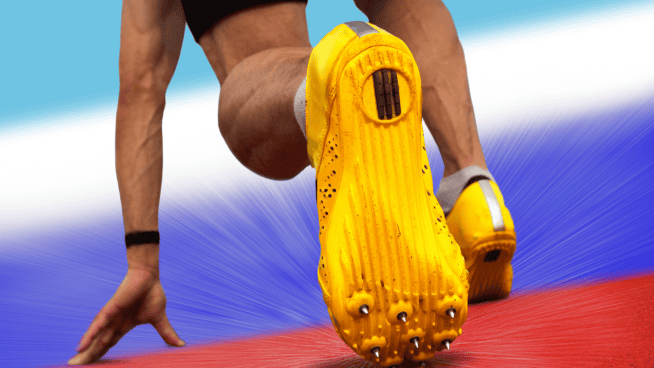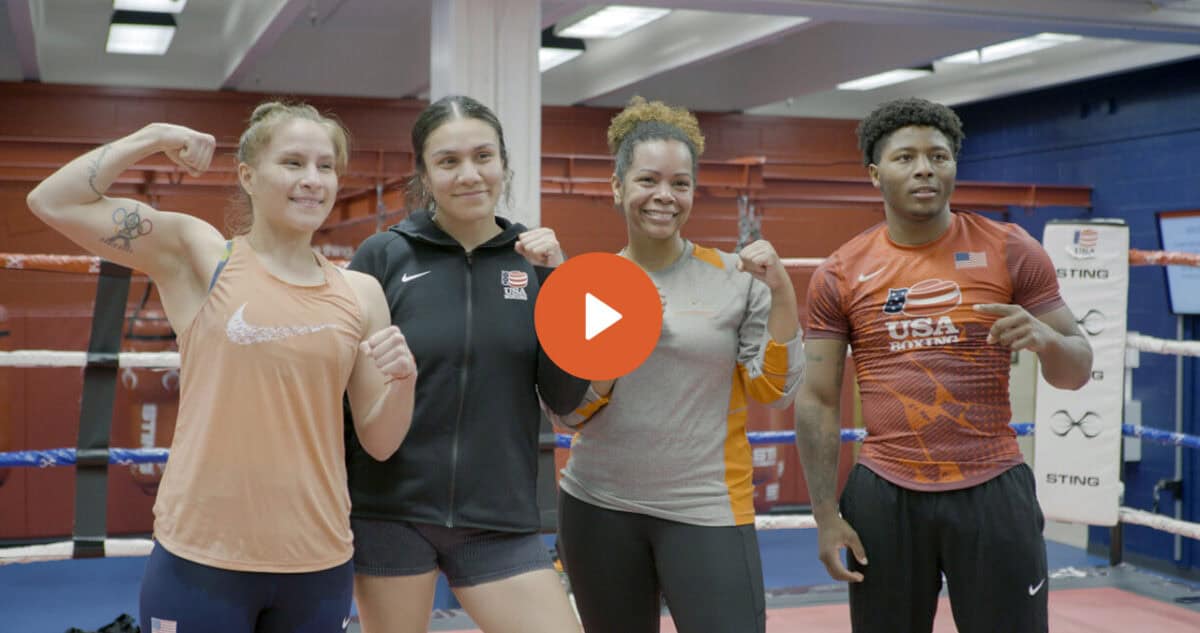Cheerleading Technique for Strong Bases
In a stunt group, the bases are the foundation of the stunt. Without a strong foundation, it doesn’t matter how good the flyer is. The stunt will struggle. A common misconception is that bases have to be super strong and muscular to be good bases. Although they will get stronger from basing, the strength doesn’t come from muscles. It comes from the technique. With good technique, a base can go from just okay to beyond amazing. There are a few things to realize when it comes to base technique. The first is that the use of legs is everything. The second is that a tight core can save bases from a lot of injuries. The third is that timing and communication is essential. Lastly, when the stunt is in the air, their eyes should always remain on the flyer.
First Key Technique Are Legs, Legs, Legs
Our legs are always going to be stronger than our arms. It’s just how the body is built. Make sure you are telling this to your bases. A stunt has much less a chance of getting to the top without the use of legs. Train this into your bases from a young age. They should be starting a stunt with legs bent low enough so that the flyer can comfortably stand with one foot in their hands. This will not only help the flyer stand up quicker and easier, but the bases are already starting with their legs engaged. Once the stunt starts going up, the bases should explode through their legs and use that initial momentum to propel their arms to the locked-out position.
The bases should transition from their initial “ready” position by stepping inwards towards each other, meeting in the middle with one foot forward and one foot slightly staggered. There should be very little if any, space in between the two bases once the flyer is in the air. They should be using their bodies to hold up the weight. You do not want to see your bases far apart and only using their arms to support the stunt. This will make the stunt weaker and unstable. The bases should be using their stance and their legs to create a solid foundation for the stunt. Just as the legs straighten on the way up, they should bend on the way down. They need to use their legs to absorb the dismount of the stunt as well. With a strong use of legs, any stunt will be made easier.
The next very important technique for bases is a strong core. Bases need to engage their core at all points of the stunt. A weak core will not only cause the foundation of the stunt to be weaker, but it will increase the risk of injury to the back. It is common to see athletes use their backs to lift the stunt or to let the weight of the stunt settle into their backs. If you, as a coach, see this happening, this means that the athletes are not engaging their cores when lifting the stunt. To train strong cores, include abs into conditioning regimens. Exercises like planks and hollow holds will make their cores a lot stronger. Every time you see your bases arch their back in a stunt or let the weight settle, have them bring the stunt down and try again. This will not only help your stunts become more solid; it will help your athletes prevent injury.
Timing And Communication Are Essential In Solid Stunt
Because a stunt group can consist of anywhere between 3 and 5 people, everyone needs to be on the same page, and things need to happen at the right times. The easiest way to create good timing is by having the bases watch each other at the beginning of the stunt. It is not uncommon, especially in newer bases, to see athletes try to push the stunt up at different times. The bases need to lift the stunt at the exact same time in order for it to work. Have your bases watch each other’s hands when they are lifting the stunt to ensure they are lifting at the same time. A drill base can do to create this timing is to put either the flyer’s hands or their empty shoes into the bases hands and have them practice the stunt with no flyer first. This will take away the variable of the flyer and allow them to concentrate solely on what they need to do and their timing.
Communication goes with this idea, as well. The bases need to be continuously talking to each other and to their flyer to make sure everyone is on the same page. Saying counts out loud or keywords during parts of the stunt is an easy way to keep timing perfect. A strong stunt group is nothing without trust, as well. They are openly communicating before, during, and after the stunt is the best way to create this trust between group members. When working on stunts, give your athletes time to talk to each other about the stunt and what each of them needs from each other to make the stunt work.
Once the stunt is in the air, the eyes of the base need to be glued to their flyer. This is not only for technique but also for safety.
As a base, it is the athletes’ job to protect and catch their flyers. In practice, spotters can be used for added safety, but in competition, there are not enough athletes on the mat to spot every stunt. If the base is continually watching their flyer’s hips, they will always know where their flyer is going. When the stunt is falling, the bases need to follow the flyer’s hips with their eyes and move in the direction of the hips in order to catch the flyer. Having their eyes on the flyer will also help them determine how to adjust the stunt accordingly. It is the basic job to balance the flyer, so they need to be able to see the flyer and move under the stunt if need be.
As a coach, these are some of the most important techniques for building a strong technical foundation for your athletes. If you teach them these techniques from the beginning, they will grow into strong bases capable of throwing any stunt. You will be preventing injury and ensuring the safety of your athletes. Once again, the bases are the foundation of the stunt, and with a solid foundation, you can build anything.
RECOMMENDED FOR YOU
MOST POPULAR
Cheerleading Technique for Strong Bases
In a stunt group, the bases are the foundation of the stunt. Without a strong foundation, it doesn’t matter how good the flyer is. The stunt will struggle. A common misconception is that bases have to be super strong and muscular to be good bases. Although they will get stronger from basing, the strength doesn’t come from muscles. It comes from the technique. With good technique, a base can go from just okay to beyond amazing. There are a few things to realize when it comes to base technique. The first is that the use of legs is everything. The second is that a tight core can save bases from a lot of injuries. The third is that timing and communication is essential. Lastly, when the stunt is in the air, their eyes should always remain on the flyer.
First Key Technique Are Legs, Legs, Legs
Our legs are always going to be stronger than our arms. It’s just how the body is built. Make sure you are telling this to your bases. A stunt has much less a chance of getting to the top without the use of legs. Train this into your bases from a young age. They should be starting a stunt with legs bent low enough so that the flyer can comfortably stand with one foot in their hands. This will not only help the flyer stand up quicker and easier, but the bases are already starting with their legs engaged. Once the stunt starts going up, the bases should explode through their legs and use that initial momentum to propel their arms to the locked-out position.
The bases should transition from their initial “ready” position by stepping inwards towards each other, meeting in the middle with one foot forward and one foot slightly staggered. There should be very little if any, space in between the two bases once the flyer is in the air. They should be using their bodies to hold up the weight. You do not want to see your bases far apart and only using their arms to support the stunt. This will make the stunt weaker and unstable. The bases should be using their stance and their legs to create a solid foundation for the stunt. Just as the legs straighten on the way up, they should bend on the way down. They need to use their legs to absorb the dismount of the stunt as well. With a strong use of legs, any stunt will be made easier.
The next very important technique for bases is a strong core. Bases need to engage their core at all points of the stunt. A weak core will not only cause the foundation of the stunt to be weaker, but it will increase the risk of injury to the back. It is common to see athletes use their backs to lift the stunt or to let the weight of the stunt settle into their backs. If you, as a coach, see this happening, this means that the athletes are not engaging their cores when lifting the stunt. To train strong cores, include abs into conditioning regimens. Exercises like planks and hollow holds will make their cores a lot stronger. Every time you see your bases arch their back in a stunt or let the weight settle, have them bring the stunt down and try again. This will not only help your stunts become more solid; it will help your athletes prevent injury.
Timing And Communication Are Essential In Solid Stunt
Because a stunt group can consist of anywhere between 3 and 5 people, everyone needs to be on the same page, and things need to happen at the right times. The easiest way to create good timing is by having the bases watch each other at the beginning of the stunt. It is not uncommon, especially in newer bases, to see athletes try to push the stunt up at different times. The bases need to lift the stunt at the exact same time in order for it to work. Have your bases watch each other’s hands when they are lifting the stunt to ensure they are lifting at the same time. A drill base can do to create this timing is to put either the flyer’s hands or their empty shoes into the bases hands and have them practice the stunt with no flyer first. This will take away the variable of the flyer and allow them to concentrate solely on what they need to do and their timing.
Communication goes with this idea, as well. The bases need to be continuously talking to each other and to their flyer to make sure everyone is on the same page. Saying counts out loud or keywords during parts of the stunt is an easy way to keep timing perfect. A strong stunt group is nothing without trust, as well. They are openly communicating before, during, and after the stunt is the best way to create this trust between group members. When working on stunts, give your athletes time to talk to each other about the stunt and what each of them needs from each other to make the stunt work.
Once the stunt is in the air, the eyes of the base need to be glued to their flyer. This is not only for technique but also for safety.
As a base, it is the athletes’ job to protect and catch their flyers. In practice, spotters can be used for added safety, but in competition, there are not enough athletes on the mat to spot every stunt. If the base is continually watching their flyer’s hips, they will always know where their flyer is going. When the stunt is falling, the bases need to follow the flyer’s hips with their eyes and move in the direction of the hips in order to catch the flyer. Having their eyes on the flyer will also help them determine how to adjust the stunt accordingly. It is the basic job to balance the flyer, so they need to be able to see the flyer and move under the stunt if need be.
As a coach, these are some of the most important techniques for building a strong technical foundation for your athletes. If you teach them these techniques from the beginning, they will grow into strong bases capable of throwing any stunt. You will be preventing injury and ensuring the safety of your athletes. Once again, the bases are the foundation of the stunt, and with a solid foundation, you can build anything.










